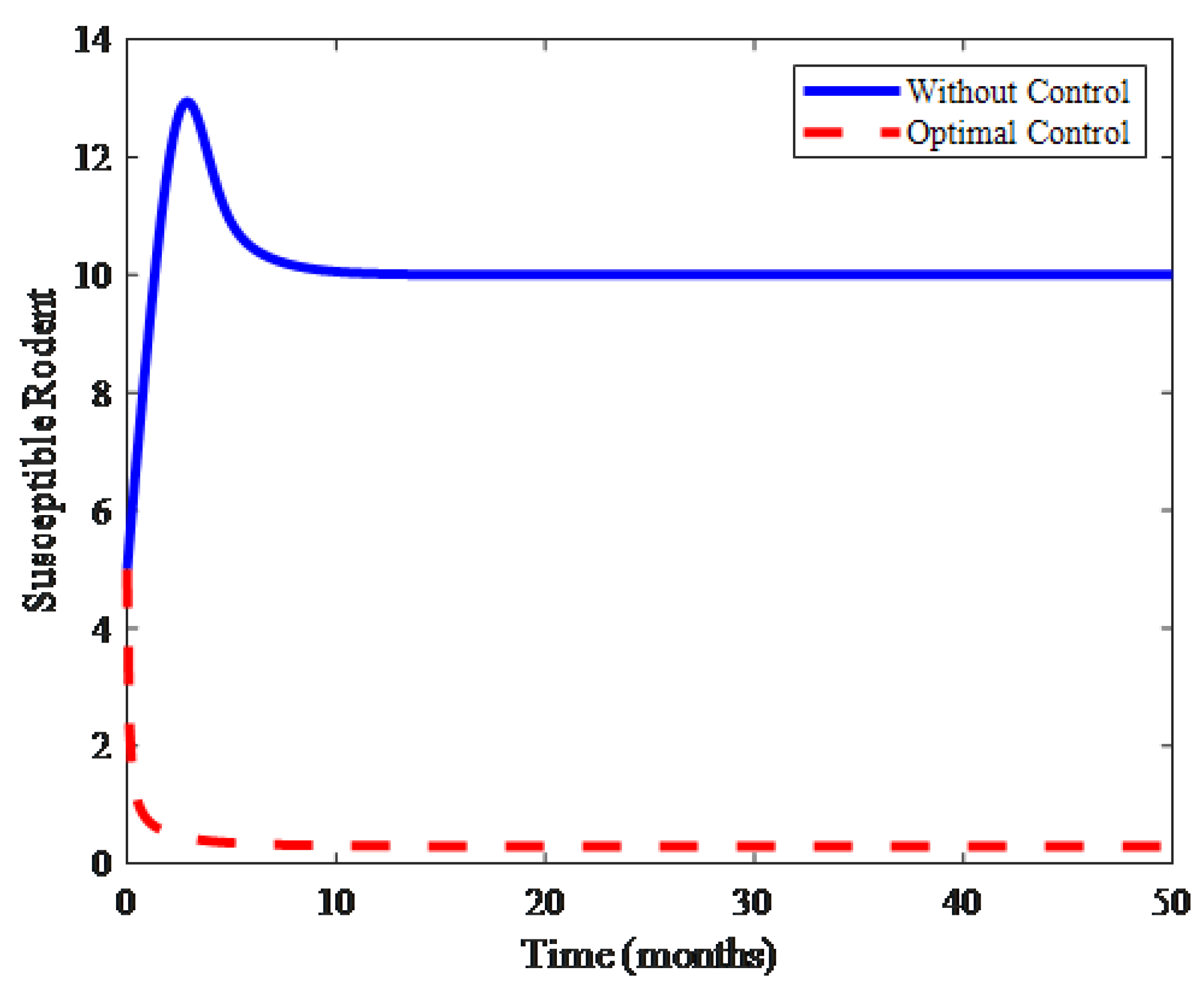Vector Disease Control Math
Disease vectors need to be recognized as biological risk factors to human health in the environment and for a sustainable implementation of vector control measures these should be made an.

Vector disease control math. Here we develop a novel mathematical framework using an integrodifference equation discrete in time and. Such diseases are across the board and found all through the world. A vector is a carrier of the causative microbe for different diseases for example mosquitoes ticks and fleas. Each of these presents a challenge to.
Disease specific vector control programmes may be well established and have routine operations in some countries but are not equipped to respond to outbreaks of other vector borne diseases. The proliferation paces of vectors are impacted by climate and weather. Vectors are living organisms that can transmit infectious diseases between humans or from. Vector borne diseases are the illness brought about by the vectors.
Vector control is any method to limit or eradicate the mammals birds insects or other arthropods here collectively called vectors which transmit disease pathogens. With good skills and quality application equipment hazards to human health and the environment as well as financial losses can be avoided. One approach releasing modified vectors such as sterile or gm mosquitoes into the wild population has been suggested as an effective method of vector control. In excess of 700 000 patients bite the dust of vector borne diseases.
We will provide a brief explanation for vector borne diseases mathematical modeling of vector borne diseases dengue virus vertical transmission of dengue virus analy sis of the model and optimal control approach to find the best way to control the virus. However vector control programmes frequently lack well trained field staff to apply the insecticides and to maintain the application equipment. Further there may be poor links between organisations and other structural requirements may be missing such as security systems and consistent access to utilities. Vector control is one of the principal methods available to manage infectious disease burden.
Indoor residual spraying is extensively used especially for malaria and chagas disease vector control.























